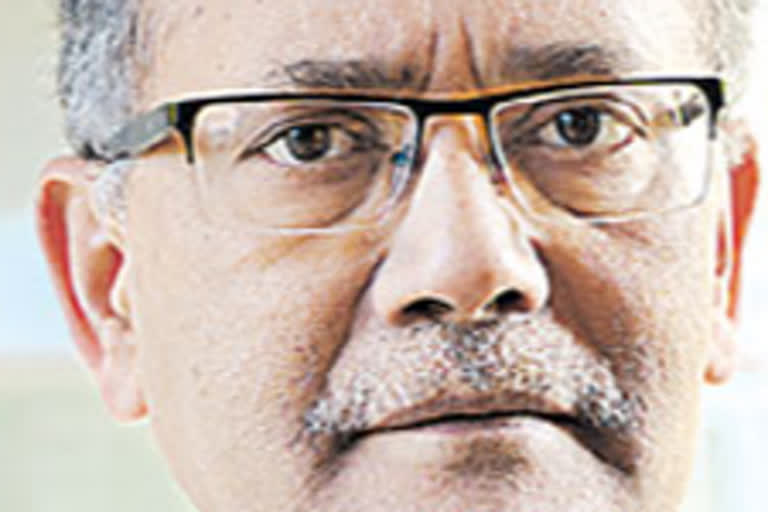New Delhi: Mucormycosis or Black Fungus is exacerbated by the unrestrained use of immunosuppressant drugs. A recent study has revealed that 63 per cent of Black Fungus patients overdosed on steroids, said Dr. Arunalok Chakraborty, Professor at Department of Microbiology, Postgraduate Institute of Medical Education and Research, Chandigarh.
Read:| Black fungus treatment: Delhi HC allows duty-free import of Amphotericin B
Prof Chakraborty has been researching in collaboration with the World Health Organization (WHO). He conducted extensive studies on black fungus in 2017. He is the coordinator of the Antimicrobial Resistance Surveillance Network, a public health initiative supported by the WHO.
Here is ETV Bharat’s exclusive interview with Prof Chakraborty.
What led to the black fungus outbreak in India?
The main reason is the imbalanced use of steroids. We have studied 350 COVID-19 patients across 16 centres in the country. We have identified indiscriminate administration of steroids in these patients. If the right dosage was 6mg per day, they were prescribed 30 mg. Steroids were prescribed to patients with mild symptoms too.
The second reason is high blood sugar levels. Surprisingly, many people with confirmed COVID-19 were diagnosed with diabetes. Blood sugar in about 25 per cent of the patients spiked to 300 or 400. The decrease in oxygen saturation resulted in difficulty in breathing. At the same time, the overdose of steroids caused the blood sugar to go up to 800.
Read:| India reports 11,717 mucormycosis cases, 29K more Amphotericin vials allocated
The use of steroids combined with the viral attack has weakened the immune system. This has led to a rise in black fungus infections. Black fungus thrives on several factors, like high ferritin, metabolic disorders, etc. However, there has been no evidence that black fungus started from oxygen concentrators or humidifiers.
Is the disease specific to India alone?
Black fungus is not an uncommon disease in our country. In general, these infections are 70 times higher in India than in any other country. Before the pandemic, we had 14 black fungal infections out of 1,00,000 cases. Between January 2016 and September 2017, we have studied 465 patients in 12 centres across the country. Of these, 315 people i.e. 67.7 per cent of patients contracted the disease from the environment. 32 per cent developed it because of infection in the lungs. Most (73.5 per cent) of them were diabetics or persons with severe co-morbidities. Of the total set of patients, 242 (52 per cent) died within 90 days.
What are the symptoms of black fungus infection? When are the cases likely to decline?
One-sided facial swelling, headache, nasal or sinus congestion, black lesions on nasal bridge or upper inside of the mouth, black or brown discharge from the nose, loosening of the teeth are the primary symptoms. Both medical and surgical interventions are needed. Amphotericin B was administered to 82 per cent of patients during the 2017 study. Of the total 465 patients under study, 107 had to undergo surgery. Few of them could not afford hospital expenses.
The Black Fungus will continue to rage so long as we fail we control diabetes and steroid use. At present, we have a lot of alternative medications to treat the infection. Since the medical community has already realized the severity of the outbreak, we can see a decline in the cases in a month or two.
Read:| Centre allocates additional 19,420 vials of Amphotericin-B to States, UTs



